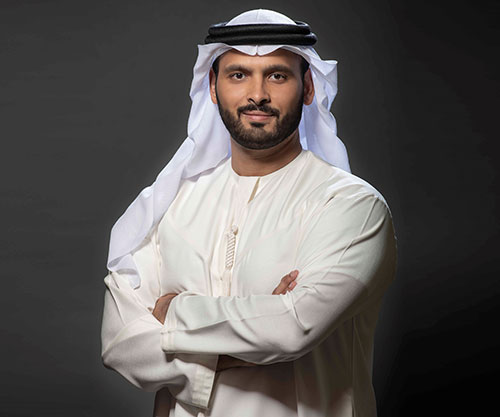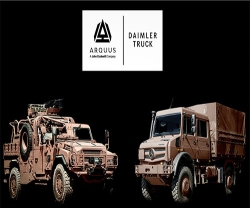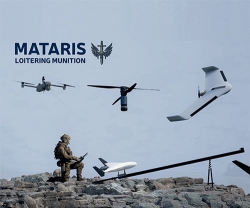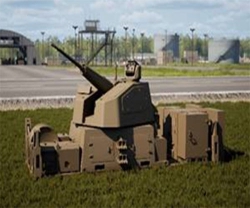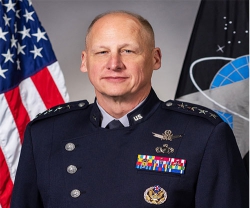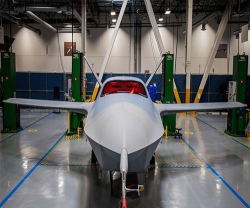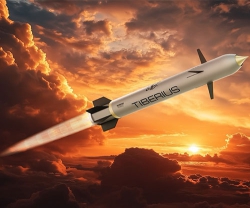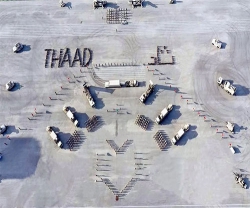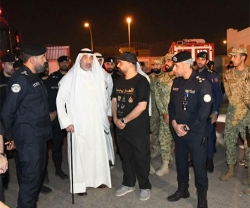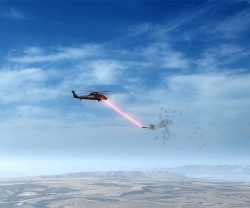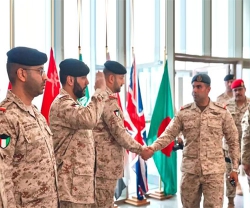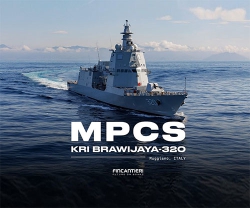(Edited Exclusively for Al Defaiya by Mr. Khaled Al Zaabi, Chief Commercial Officer, NIMR, UAE; Photo © NIMR/EDGE Group; Copyright © Al Defaiya; www.defaiya.com)
Conflicts are becoming increasingly unpredictable and asymmetric in nature and, in responding to these threats, militaries expect their vehicle fleets to provide the backbone of their ground-based fighting capability. Armored vehicles provide the protection and mobility for the deployment of troops, sensors and weapon systems, delivering military capability where and when it is needed. And, as the battlefield continues to evolve, it demands higher levels of operational and tactical mobility, alongside protection for soldiers and their equipment.
Defense procurement for armored vehicles has always centered on the “iron triangle” - firepower, protection and mobility. The balance between these three requirements is important for ensuring that armored vehicles are not restricted by their design constraints. Among these three requirements, the need for improvement in mobility means the mine-resistant ambush-protected (MRAP) vehicle’s levels of protection must be aligned with the combat vehicle’s ability to traverse various terrains.
There is a growing consensus that future operations will be conducted in urban environments with unpredictable variables to consider. Therefore, it is important to incorporate tactical mobility, to suit all climates and conditions, into the initial design process. High levels of mobility free the vehicle from the constraints of predictable routes, allowing forces to avoid vulnerable ambush points. Speed and agility across a wide variety of terrains requires high ground clearance, low center of gravity, high flotation tires, central tire inflation systems, independent suspension, as well as a high power‐to‐weight ratio to ensure off‐road performance in sand, snow and mud.
While tactical mobility across all types of terrain can deliver a critical advantage, the protection of soldiers remains a high priority. Protection must defend against an ever‐broader range of ballistic and blast threats. The base vehicle must be robust enough to survive major blast events while allowing for scalable ballistic armor to be fitted in order to meet specific threats. Improvements in hull design, particularly with regards to the shaping of the hull underside, provides added protection against improvised explosive devices (IEDs). In addition, insurgents across the globe are becoming increasingly clever about vehicles’ vulnerabilities. Therefore, critical engine protection has become essential to avoid a ‘mobility kill’, leaving the platform and its crew stranded and vulnerable.
While overall weight has always been a limiting factor, protection is being approached in new ways and isn’t simply a case of applying thicker armor. It is likely that we will see a growing use of active defense systems to increase the level of vehicle protection without adding to the weight.
Similarly, firepower remains an important element, but offensive overmatch can be accomplished through effective use self-defense weapon systems and technologies. The incorporation of radars, sensors and specialized ammunition are becoming a prominent feature in today’s vehicles. A wider range of anti‐tank missile systems allows for greater stand‐off offensive capability coupled with the ability to integrate larger firepower, such as 30 mm remote weapon stations, onto smaller and lighter platforms.
Also in focus are two other key design drivers - system integration as well as command, control, communications, computers and intelligence (C4I). The need for improved situational awareness, battlefield management and communication systems is rising in asymmetric warfare, often in urban scenarios, where environments are rapidly changing. In a military operation, the secure exchange of tactical information from multiple sources, such as other units, drones or satellites, plays a fundamental role in mission success. Survivability on the battlefield is achieved by more than just hard protection. In today’s conflicts, a range of subsystems is needed to supplement the vehicle’s armor and to increase crew survivability.
Finally, true multi-role capability relies on an open, modular and scalable architectural approach applied to the design of the electronic and power architectures of military vehicles. In a complex, ever-evolving operational environment, end users seek common platforms that ensure reliable performance, low logistic needs, reduced downtime and guaranteed vehicle availability. The ability for a single vehicle to be able to perform a variety of missions will ensure militaries won’t have to procure a new vehicle every time they need to deploy in a new combat scenario.

